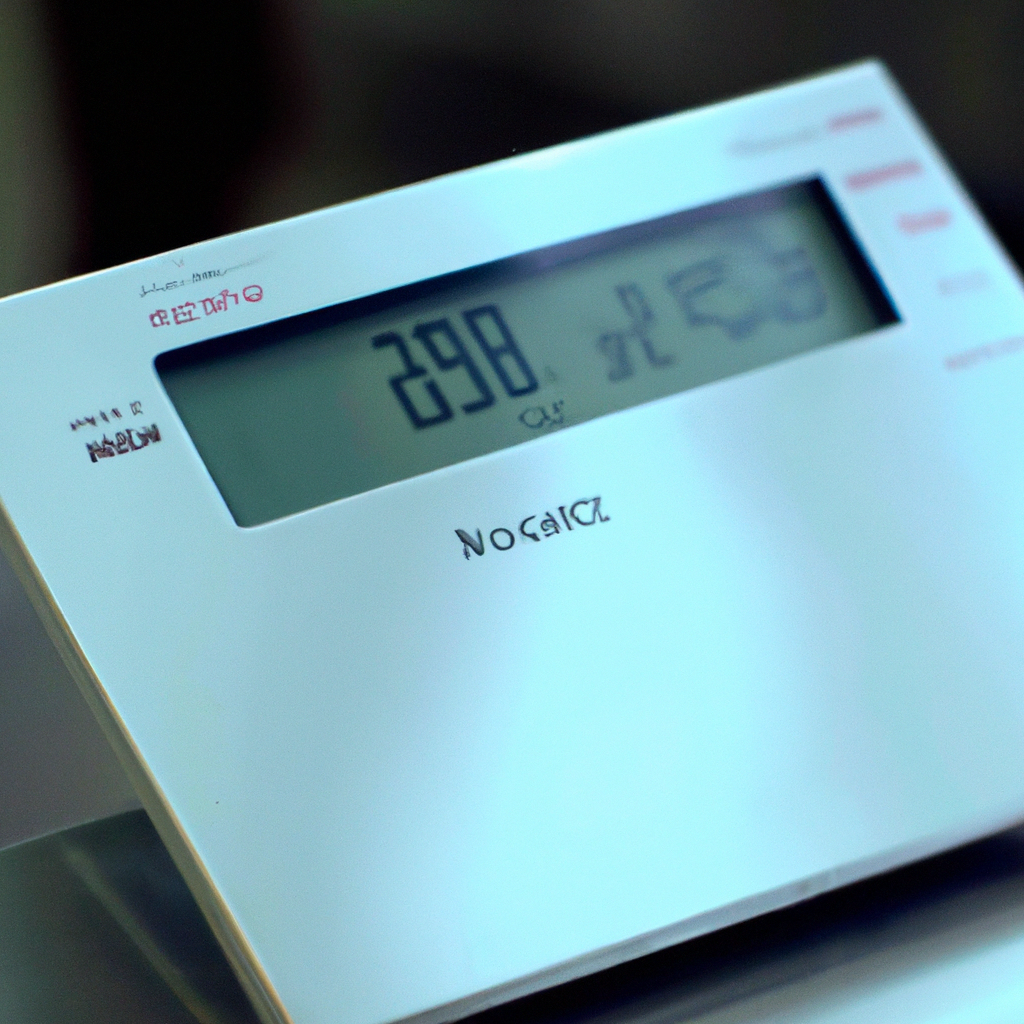Digital scales are commonplace in homes, laboratories, and industries worldwide. They provide a quick and easy way to measure weight accurately and precisely. But have you ever wondered how these scales work and how they measure weight? In this article, we will dive into the workings of digital scales, exploring the different types of scales, load cells, weight sensors, calibration, precision, and accuracy.
Types of Scales
Digital scales fall into two primary categories: electronic and mechanical. Electronic scales use load cells or weight sensors to measure weight, while mechanical scales use springs or levers. Mechanical scales are less precise and accurate than electronic scales, making them unsuitable for scientific or industrial applications. Electronic scales are the most common type of digital scales used today.
Load Cells and Weight Sensors
Load cells and weight sensors are the essential components of electronic scales. They convert the weight of an object into an electrical signal that the scale’s microprocessor converts into a digital readout. Load cells come in different shapes and sizes, but they all work on the same principle. When weight is applied to a load cell, it deforms slightly, producing an electrical signal proportional to the applied force. Weight sensors, on the other hand, rely on strain gauges, which change resistance when stretched or compressed. The change in resistance produces an electrical signal that the scale’s microprocessor reads and converts into a weight measurement.
Calibration
Digital scales require calibration to ensure accuracy and precision. Calibration involves comparing the scale’s readings with known weights and making adjustments to the scale’s settings to correct any discrepancies. Calibration should be performed regularly, particularly if the scale is moved or subjected to extreme temperatures or humidity. Failure to calibrate a scale can lead to inaccurate or imprecise results, which can have serious consequences in scientific or industrial settings.
Precision and Accuracy
Precision and accuracy are two critical parameters when it comes to weight measurement. Precision refers to the scale’s ability to produce consistent results when the same weight is measured multiple times. Accuracy, on the other hand, refers to the scale’s ability to produce results that are close to the true value of the weight being measured. Precision and accuracy are affected by several factors, such as the scale’s design, load cell sensitivity, and calibration.
How Digital Scales Measure Weight
To measure weight, a digital scale uses load cells or weight sensors to detect the force applied by an object. The scale’s microprocessor converts the electrical signal produced by the load cell or weight sensor into a digital readout, which displays the weight in a unit of measurement, such as grams, ounces, or pounds. The accuracy and precision of the weight measurement depend on the load cell’s sensitivity, the scale’s calibration, and the object’s weight being measured.
Conclusion
Digital scales are ubiquitous in modern society, providing a convenient and accurate way to measure weight. They rely on load cells or weight sensors to detect the force applied by an object and convert it into an electrical signal that the scale’s microprocessor reads and converts into a weight measurement. Calibration, precision, and accuracy are critical parameters that affect the scale’s performance and should be taken into account when using digital scales. Understanding how digital scales work and how they measure weight can help users choose the right scale for their needs and use it more effectively.







